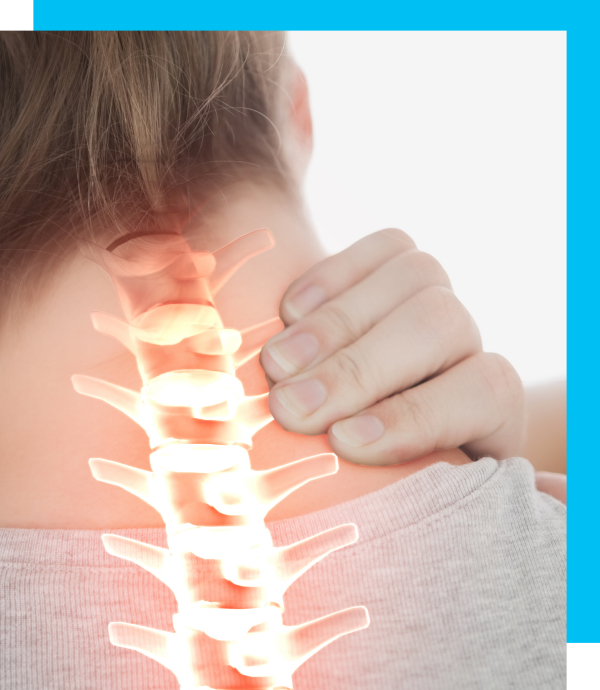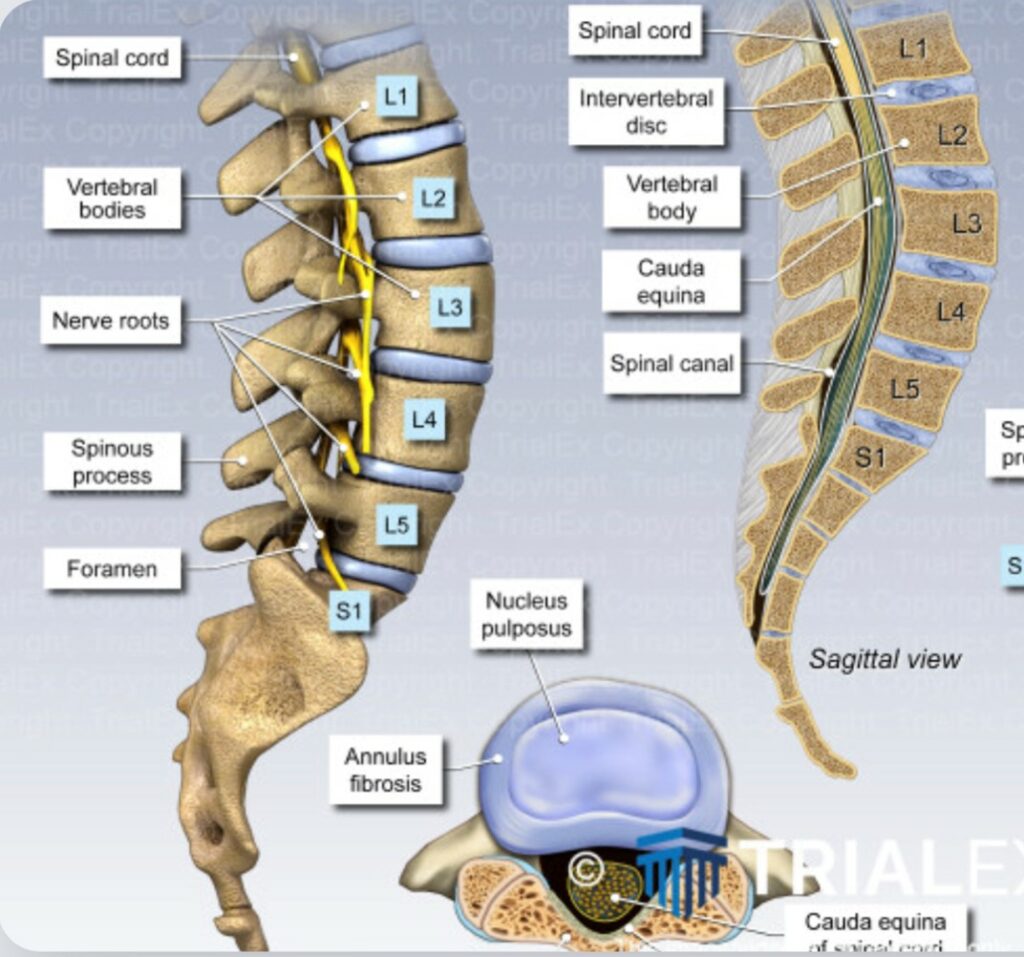
Consider Spinal Reconstruction Surgery a key option for reclaiming a life hampered by persistent spine issues. As you ponder this choice, it is critical to grasp the full scope of the surgery, its goals, and its potential to improve your life.
It is not just about easing discomfort. It is about restoring your spine's stability and function, opening up a life with fewer bounds. Delving into the details, know that each step is thoughtfully crafted to better your spinal wellness.
The Fundamental Aim of Spinal Reconstructive Surgeries
Spinal Reconstructive Surgery, also known as spinal fusion, aims to ease your ache and restore normal spinal function. By fusing two vertebrae, the surgery seeks to form a united, firm bone, halting movement between them and reinstating usual anatomy and height.
When the spine is deeply affected, the whole vertebrae might be removed and replaced with artificial devices to fix deformities and misalignments. This fusion builds a stable base, key for a pain-free, working spine. Its goal is to give stability and ease discomfort by forming a solid spine section. With this base set, you can anticipate a quality of life that spinal issues may have lessened.
Conditions Treated by Spinal Reconstructive Surgery
Spinal reconstructive surgeries are often a final option when other treatments haven’t helped. Your surgeon might suggest it for several spine issues, including:
- Spinal injury Trauma to the spine causing instability or severe discomfort may call for reconstructive surgery.
- Spinal stenosis The narrowing of the spinal canal can cause significant pain and mobility issues.
- Spondylolisthesis A vertebra out of place may press on nerves, with surgery possibly easing the ache.
- Scoliosis An abnormal spine curve, scoliosis may need surgery if It is severe enough.
- Weak or unstable spine An unstable spine that can be treated with surgery to restore stability.
- Herniated disc A herniated spine disc pressing on nerves might be resolved through surgery.
These are just some conditions spinal reconstructive surgery can address. Knowing the specific issues it treats is key to deciding if it is right for you.

Surgical Process and Techniques in Spinal Reconstruction
Understanding the surgical process and techniques involved in spinal reconstructive surgery is vital. Bone grafts are precisely placed in strips on your vertebrae or packed into a cage that fits between them, helping the vertebrae heal into a single structure.
Surgeons often use screws, rods, or plates to keep the vertebrae in the right spot as they heal. This hardware secures everything, allowing the bone graft to work and the vertebrae to fuse effectively.
Understanding the surgical methods is just part of your recovery journey. the materials used and the approach are custom-fitted to your unique situation.
Bone Grafts and Artificial Materials in Spinal Surgery
When prepping for spinal reconstructive surgery, knowing about bone grafts and artificial materials is key. They are vital to the fusion, aiding in stabilising your spine. Grafts can come from a bone bank, your harvested bone, or synthetic options, each with its own perks. The grafts are placed to foster new bone growth and secure a fused spine. As you consider your options, remember that the graft material and placement are tailored to your needs, ensuring the best surgery outcome.
Benefits of Minimally Invasive Spinal Surgery
Minimally invasive techniques in spinal surgery can offer benefits like shorter recovery times and a lower infection risk. Surgeons make small cuts to put in surgical tools and a camera, reducing tissue damage and leading to less post-surgical pain and scarring. With the chance for quicker healing and fewer complications, minimally invasive spinal surgery could be a good choice for you.
Additional Procedures in Spinal Reconstructive Surgery
Spinal reconstructive surgery might include extra steps like discectomy, foraminotomy, or laminectomy to tackle specific spine issues.
- Discectomy Often needed if you have a herniated disc, it involves taking out the damaged disc to relieve nerve pressure.
- Foraminotomy May be suggested for spinal stenosis patients to widen nerve root openings, reducing discomfort.
- Laminectomy Removes the lamina to make more space in the spinal canal, which can greatly ease spinal stenosis symptoms by lowering pressure on your spinal cord and nerves.
Each procedure targets specific spine problems, contributing to the overall success of the surgery and your recovery.
Understanding Risks and Complications of Spinal Surgery
Awareness of potential risks and complications of spinal reconstructive surgery is crucial. Concerns like allergic reactions, excessive bleeding, post-surgery infections, and blood clots could prolong hospital stays or cause long-term health issues. There is also no promise of significant pain relief, and some patients may need more surgeries. As you weigh the pros and cons, have a detailed talk with your healthcare provider about all possible outcomes.
What to Expect After Spinal Reconstructive Surgery
Post-surgery, it is crucial to have practical expectations about recovery. Your body will take time to form enough bone around the graft, a gradual process essential for vertebrae fusion and spine stabilisation.
You will also notice your spine is less flexible in the fused area. This drop in flexibility signals a more stable and pain-free spine.
Moving forward, patience and sticking to your rehab plan are key. The journey to regaining your quality of life continues with a dedicated recovery approach.
Recovery, Rehabilitation & Long-Term Care Post Spinal Surgery
It is vital to safeguard your spine to prevent future damage and issues like osteoporosis. Your neurosurgeon or orthopaedic doctor will offer advice on steps to maintain your spine's health and dodge potential problems.
To secure the best outcomes post-surgery, several key steps should be taken to keep your spine healthy:
- Take part in activities that bolster the muscles around your spine, offering it better support.
- Keep a healthy weight to avoid extra stress on your spine.
- Eat a balanced diet rich in calcium and vitamin D to keep bones robust.
- Avoid smoking, as it can hinder healing and harm bone health.
By making these practices part of your daily life, you can protect your spine and boost the benefits of your surgery, leading to a healthier, more active lifestyle.
Also Read : Insights into Geriatric Fractures- Protecting Bone Health
Final Thoughts
Medical advancements and expert care provide a path to a better life for patients like you after spinal reconstructive surgery. A successful recovery and long-term spinal health depend on teamwork between you and your medical crew post-surgery.
Book your consultation with the top orthopaedic doctor in Chennai. Prioritise your health! Think of it as an investment in your spine’s future. With expert help, you can eagerly return to the activities you love with a stronger, more resilient backbone.
